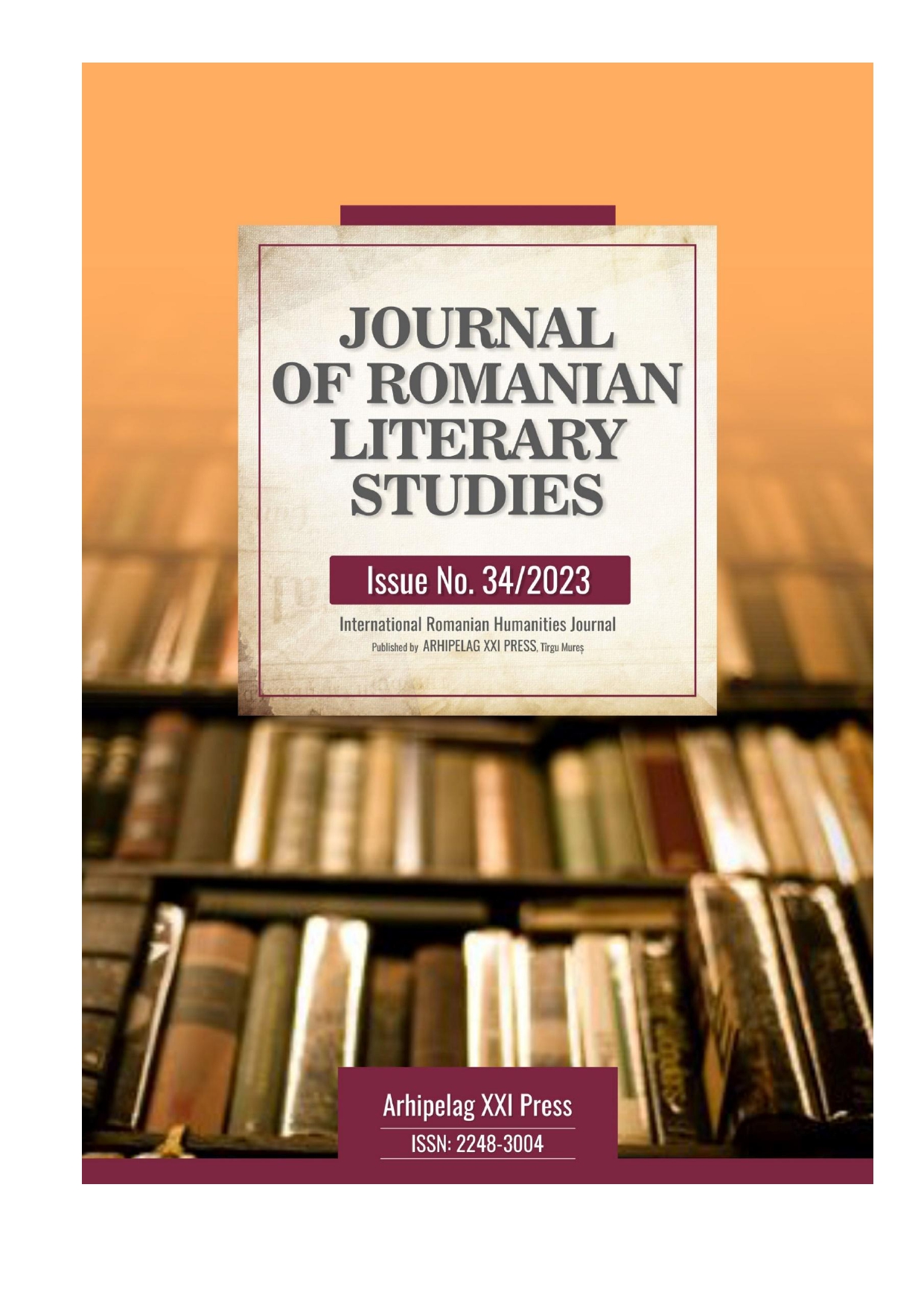ASPECTS REGARDING THE RELATIONSHIP BETWEEN THE WORKER AND THE ECONOMY DURING THE COMMUNIST PERIOD
ASPECTS REGARDING THE RELATIONSHIP BETWEEN THE WORKER AND THE ECONOMY DURING THE COMMUNIST PERIOD
Author(s): Ștefan TorcărescuSubject(s): History and theory of sociology, Applied Sociology, Social Theory, History of Communism, Human Resources in Economy, Socio-Economic Research
Published by: Editura Arhipelag XXI
Keywords: proletariat; economy; planning; industrialization; protest;
Summary/Abstract: Workers became a very extensive social category under communism. They were brought into an aseptic space, which is represented by the city where they had to demonstrate how good communism is and how many leaders contributed to it. For the communist regime, the image of the worker is projected in relation to production possibilities, through his quality as a Stakhanovist. The "Stahanovist" movement promoted the idea that workers should compete with each other to reach and exceed the production quotas set by the state. The economic policy of the state caused the rural population to migrate to the cities to work in the industrial and technological sectors. It is appreciated that during the communist regime the rural-urban population exchange was continuously achieved with a final advantage of six million inhabitants on the urban side, most of them being workers.
Journal: Journal of Romanian Literary Studies
- Issue Year: 2023
- Issue No: 34
- Page Range: 806-810
- Page Count: 5
- Language: Romanian

